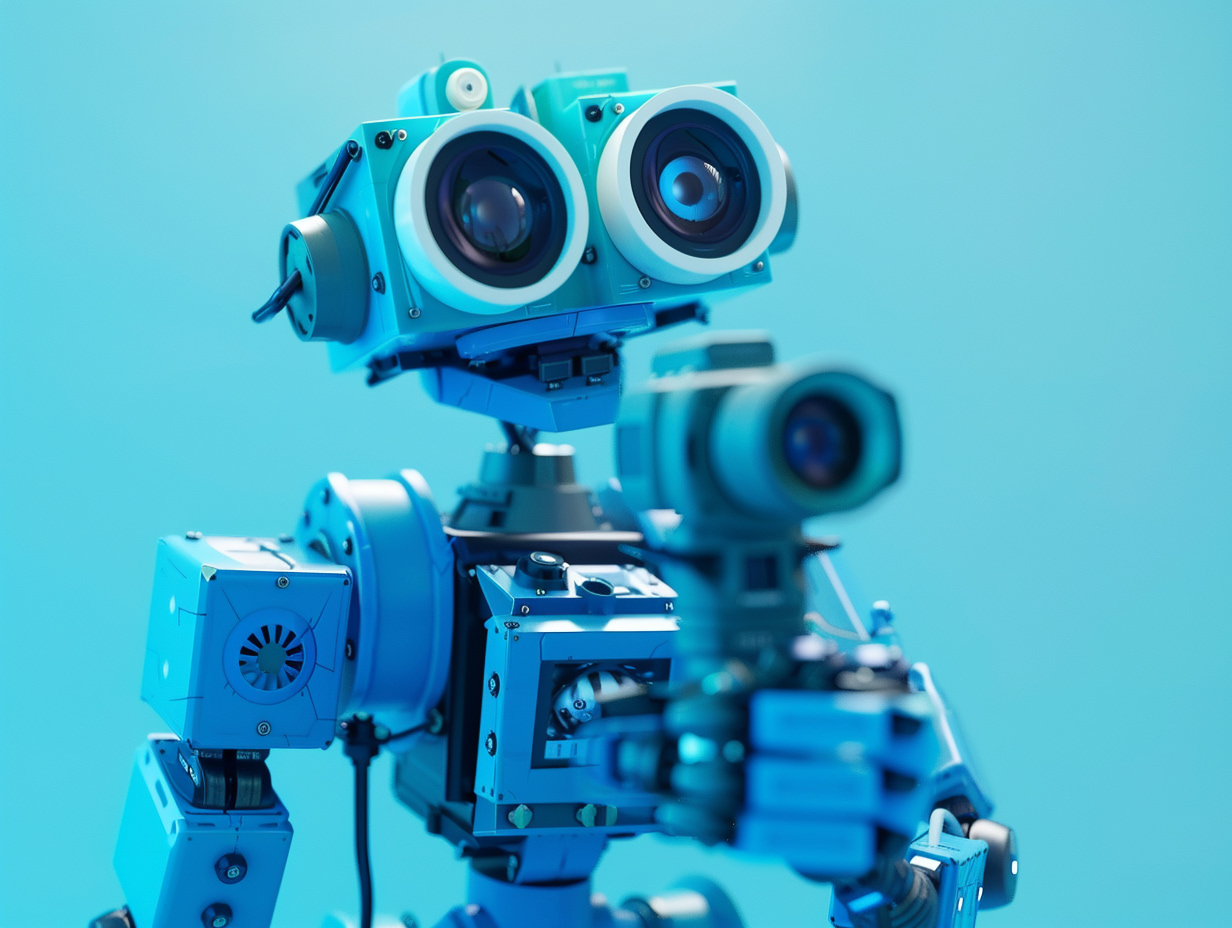The intense feeling of uncertainty artists and graphics designers had when DALL-E and similar applications like Midjourney were released is back again. But this time, it concerns YouTubers, videographers, and everyone else who makes video content.
AI Storm Brewing in Video Content
The brewing storm comes from OpenAI’s release of Sora on Thursday. Sora is ChatGPT maker’s latest groundbreaking AI tool that will allow anyone to generate videos literally from thin air with just descriptive text prompts. Basically, it’s a text-to-video generator.
Sora is not just any random application. The picture quality, graphics, and characters in videos created using the tool are so convincingly good that you’d believe they are real and exist somewhere in this world if not told otherwise.
You could tell it’s that good with everyone talking about it and how it would affect content creators. On social platforms like X, we are already beginning to see many question what the future holds for YouTubers and videographers.
Sora is a new tool, and of course, it’s not perfect. However, the disruptive potential it could bring cannot be ignored. Should YouTubers and content creators be worried? No one can say for sure, at least in the meantime, as we are yet to see the full capabilities of Sora.
However, there will always be two possible outcomes with Sora, just like ChatGPT and other generative AI tools.
Will Sora Displace Video Creators?
AI writing tools like ChatGPT affected writing gigs. Midjourney and similar apps affected graphics designers, artists, and illustrators. Sora has the potential to displace some roles in video creation, especially simple and basic videos, like Shorts.
Biggest tech YouTuber Marques Brownlee (MKBHD) gave one illustration of what is possible in the future with OpenAI’s Sora. Reacting to the release, he posted that becoming a YouTuber may now involve “Level 1: Concepts/ideas,” “Level 2: Stock footage,” and then over to “Level 10: YouTube creators.”
Level 1: Concepts/ideas
— Marques Brownlee (@MKBHD) February 15, 2024
Level 2: Stock footage
…
Level 10: YouTube creators??? https://t.co/RM6uglg1P1
This would mean that every other role in-between will potentially be replaced by AI.
Many also speculated that there will be an influx of AI content on YouTube and all over the internet. Of course, there are chances Sora could be exploited by bad actors for nefarious purposes, like deep-faking famous people or spreading misinformation, though OpenAI had said the tool is being thoroughly reviewed by “red teamers to assess critical areas for harms or risks.”
There are also speculations that Sora could make Hollywood and individual filmmakers redundant as it progressively gets better. But some people argue otherwise, which brings us to the other side of Sora as a tool.
As much as Sora is likely to disrupt roles, it could also supercharge what it means or takes to create videos. Sora could easily become a very useful tool for people who wish to quickly create video content or lack proper camera setup or resources to create certain kinds of video clips.
To create a video or even become a YouTuber, all that will be required is just to create a storyline or script and edit. The video is settled with Sora, assuming it starts allowing long-duration videos.
Even professional content creators can leverage the tool to quickly create fun visuals in their videos that otherwise would have been difficult to make. Take, for instance, you can create a unique video clip of the Eiffel Tower for your videos, even without being in France.
While some creators may appear biased towards Sora, its potential remains undisputed, but it remains to be seen the net impact of Sora on the future of content creation.
Land a High-Paying Web3 Job in 90 Days: The Ultimate Roadmap
 Can YouTubers Survive OpenAI’s Sora?
Can YouTubers Survive OpenAI’s Sora?